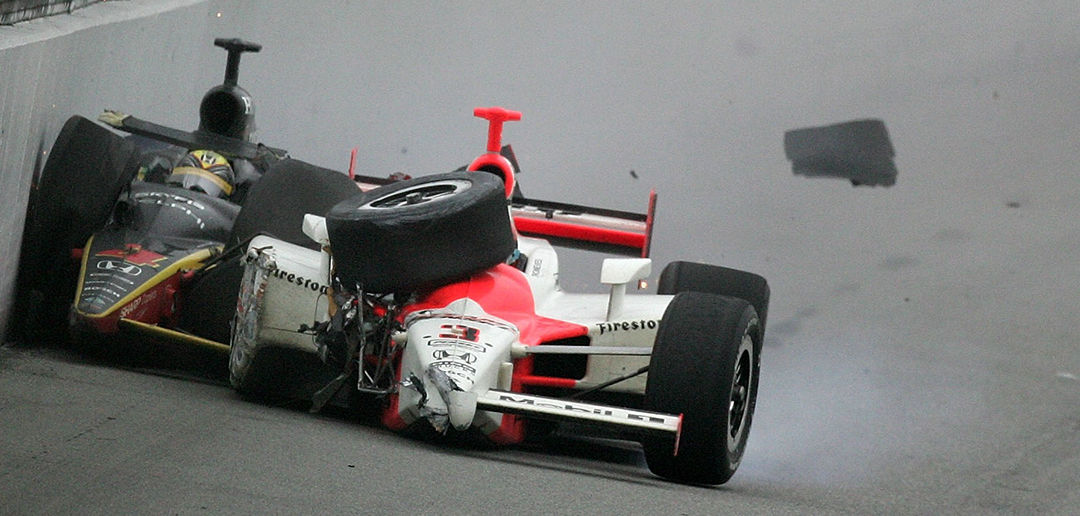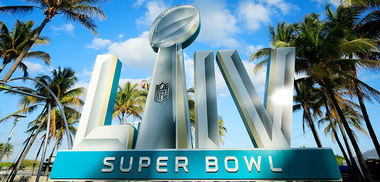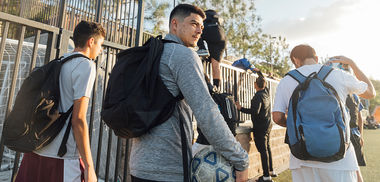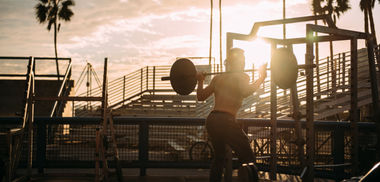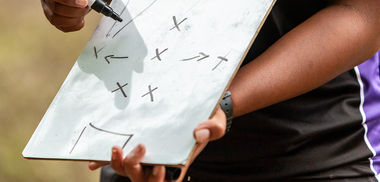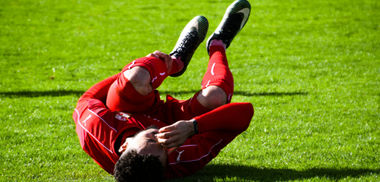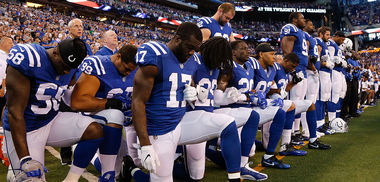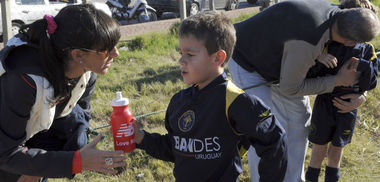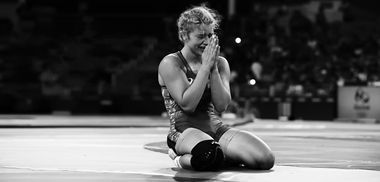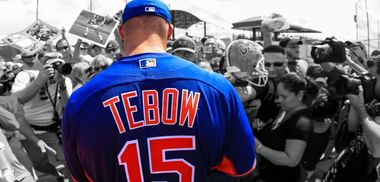I drove my grandmother’s little rear-wheel drive Maverick to church camp in 1983 on a curvy gravel road. This was my first time to be on this country path and I was new behind the wheel.
Football practice had run late so I was a bit behind myself in getting to camp out near rural Otway, Ohio. I had not experienced a loose gravel road before and I zoomed around a sharp curve.
Get our "Top Articles" sent to your inbox weekly.
The next thing I remember, I was upside down in the car. I crawled out from the broken glass and realized the vehicle’s rear end fish-tailed and took me right into an embankment where the car rolled three times. I was startled. There were no cell phones in those days, and I was out in the middle of nowhere.
Fear took over. I didn’t know the extent of my injuries. I had cuts on my arms and was bleeding from my head. The cows in the field stared at me and continued to graze. They were of no help.
But most of all, I was afraid of what my Dad was going to do once he found out I was okay. That was 35 years ago and the trauma will stick with me forever.
But my little dust up hardly compares to what professional drivers feel when they crash into turn three at the Indianapolis Motor Speedway.
When Indy racers are involved in a crash, the risk of death increases exponentially. The high speed combined with the concrete wall and the lack of protection often twirls into a perfect storm.
Last year I watched in horror as Scott Dixon’s car disintegrated when it collided with the concrete barrier on the straightaway. Everyone in the media center was quiet and concerned that he would be severely injured or killed. Soon we found out he was okay. Amazing.
This year, Helio Castroneves crashed on Lap 146 and finished 27th in the field of 33. He wasn’t injured and will be back at the Greatest Spectacle in Racing for Team Penske.
But I have something in common with the three-time Indianapolis 500 winner. We have both felt fear. To me, mine was just as real as his.
“Absolutely I get scared,” he told me at the Brickyard before the race. “But being scared is part of our makeup as a person. You just have to deal with it and adjust.”
He said fear is a part of racing that has to be accepted.
“It’s a combination of exhilaration, excitement, terror, anticipation, joy, sadness—I experience all of those when I’m behind the wheel,” he said. “It’s a dangerous sport that can be frightening.”
AL Unser Jr. agreed.
The two-time winner of the Indy 500 told me circumstances and split-second instances are what used to give him a jolt of genuine white-knuckle terror.
“It’s not so much being scared as a driver, but we go through scary moments,” he said. “When you are going around the track in practice at 230 (mph) and the back end of the car moves, or when the front end won’t turn like it should going into a turn—it honestly scares you to death and sends a shock to your heart. You just try to control your emotions and the car.”
I can’t imagine crashing into the wall at that speed.
Race car driving is a dangerous sport. The popular NASCAR circuit has seen 28 driver fatalities over the years, which included legend Dale Earnhardt in 2001.
At Indianapolis, 42 drivers, 13 mechanics and 19 others have lost their lives at the 500. This includes a pit crew member, a pilot, other track personnel and a spectator. I was at the race several years ago when a fan was killed after a tire flew into the stands. And this has just been at the IMS. There are hundreds of other races.
Fear: It’s a normal God-given emotion.
To have a healthy fear of the Lord is a good thing.
“The Lord is my light and my salvation; whom shall I fear? The Lord is the strength of my life; of whom shall I be afraid?” (Psalm 27:1)
Why was I scared of what my father’s reaction was going to be when I was 16 and keeping company with the cattle herd? I didn’t want to let him down or disappoint him. That’s what I was afraid of at the time.
Why are racers afraid when they defy death and crash into a wall in an instant? They don’t want to lose their lives, they don’t want to let their fans down, and they are afraid of losing their ride in future events.
In this case, Castroneves has already been assured he will be back at Indy next year. As for me, I know I’ll be accepted into God’s heavenly home.
How you deal with fear in life is critical. To have an awe and respect for those in authority is essential. No one wants to let anyone down, especially those you serve. To fear the Lord—the one who has saved us from our sins and will take us to Heaven—is a good thing.
To be afraid of our loving Lord with a humble awe serves as a deterrent not to return to our old sinful ways. If I fear God and the unforeseen consequences of disobedience, it encourages me to keep my word and live in a way that pleases Him.
To have no fear of the Master is a scary thing indeed! Romans 3:18 says that our main sin is to have no fear of the Lord at all, while Hebrews 10:13 suggests that this reality should be scarier than smashing into a wall at 230 mph without any protection.
In the end, I want to win the race I’ve entered. I’m in the field to win the biggest event in the history of man. I want to please my Heavenly Father. I want Him to welcome me into the winner’s circle, and I want to drink the milk and honey from the milk pitcher.
Fear? I’ll live with it. And by the way—my Dad was thankful I was alright.
